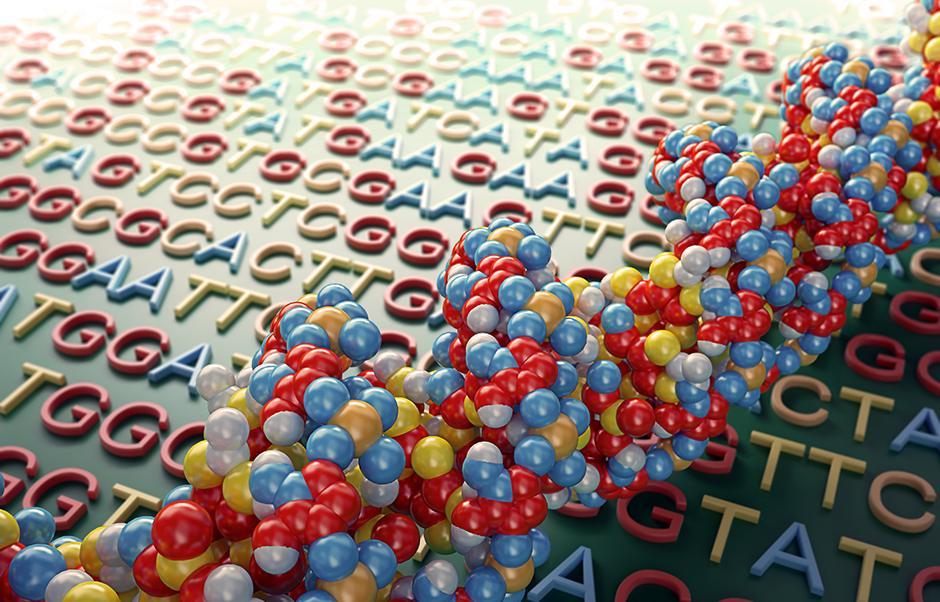Breakthrough advances in biomedical technology have come a long way, especially with three-dimensional mapping of the structure of the genome. For years, scientists and researchers have attempted to obtain and analyze the entire 3D structure of an organism's DNA to observe and understand its complex organization and how the genes function and interact.
Now, by combining cutting-edge computer science techniques with leading biomedical technologies, computer scientist and bioinformatic researcher Zheng Wang is poised to help researchers see every aspect of the genome in super-resolution 3D form—almost an impossibility through the microscope—to better interpret its biological meaning.
 Wang, who specializes in bioinformatics research, an interdisciplinary field combining biology, statistics, and computer science, recently received a five-year, $1.82 million Maximizing Investigators' Research Award (MIRA), considered one of the most prestigious National Institutes of Health awards for outstanding investigators, to develop more complex computational algorithms that will enable closer looks at the 3D genome.
Wang, who specializes in bioinformatics research, an interdisciplinary field combining biology, statistics, and computer science, recently received a five-year, $1.82 million Maximizing Investigators' Research Award (MIRA), considered one of the most prestigious National Institutes of Health awards for outstanding investigators, to develop more complex computational algorithms that will enable closer looks at the 3D genome.
"This is very exciting news,” said Wang. “This award will help me develop a new 3D perspective for studying the genome. Over the next five years, I hope to develop computational algorithms to reconstruct the 3D genome structures of single cells and build deep-learning algorithms to enhance the resolution of what’s known as Hi-C, the biochemistry experiment for detecting spatial proximity between different parts of the genome.”
Although Wang is the sole principal investigator of the award, he said he cannot do his work without collaborators, and already has enlisted the help of Miller School of Medicine’s neuroscientists Vance Lemmon and John Bixby. Their lab is providing samples of mouse genomes to help Wang examine the changes of the 3D genome structures during the regenerative process of damaged neuron cells.
He is also using Hi-C data generated by other biochemistry labs that use the human brain, liver, spleen, stomach, and cancer cells. “Neither a computer program nor the Hi-C experiment can directly detect the 3D genome structure. But a biochemical wet lab can provide the cells, or Hi-C data, that will enable me to create the intelligent algorithms to build the 3D genome structures and then analyze them very, very closely,” Wang explained.
The award also will help Wang answer scientific questions on how the structure of the genome influences gene regulation and other important biological processes of the cells, as well as the role of the long non-coding RNAs in the formation of genome structures.
“The scientific question that fascinates me is why the 3D genome structures are different and what consequences these differences will lead to,” said Wang. “With this award, I hope to answer fundamental and biological questions that can then be used when studying the genome. One of my goals is to help other scientists develop further research so that they can go deeper into the genome and be able to study specific diseases.”

